Ref : 0776
A good Cello
Made for and to the specifications of Johan Grobbelaar
2013
It is gratifying to find instruments that not only look and sound very good, but which are affordable, particularly for musicians whose available funds are an important consideration. Several smaller studios in Europe and elsewhere are focussing on filling this dearth through instruments made of good materials, well-crafted and on a par with instruments that cost twice or even three times as much. There the focus has shifted from high volume low-quality instruments (such as has flooded the local market here) to fewer instruments, but better made, of higher quality and hence more desirable.This cello is of such origin and shows a very high standard of workmanship and tonal control. It has good tone - evenly balanced throughout and easy to play on. It represents the top-end fare that is increasingly establishing itself in the music world where excellent workmanship, very good tone and fine European materials meet in a good, satisfying, responsive instrument.
This cello is new, but has been antiqued to look a little older and worn than it actually is. Today such antiquing is no longer regarded as trickery or deceit, but is perfectly acceptable and very much the norm in lutherie. Antiquing has also become an anticipated or required technique in many of the world's important international violin making competitions and trade fairs.
The materials in this instrument are well chosen - the two-piece back is attractive with a distinct flame of medium curl, repeated in the ribs, neck and scroll. The top is of good tone spruce with quite a closed grain. The golden brown varnish (a French recipe) is truly appealing, very transparent and compliments the wood nicely. This instrument shows attention to detail and to the traditions of good lutherie. Workmanship is very good throughout - very tidy corner work and the purfling neatly traced.
This cello convinces as a serious instrument that conforms to high standards.
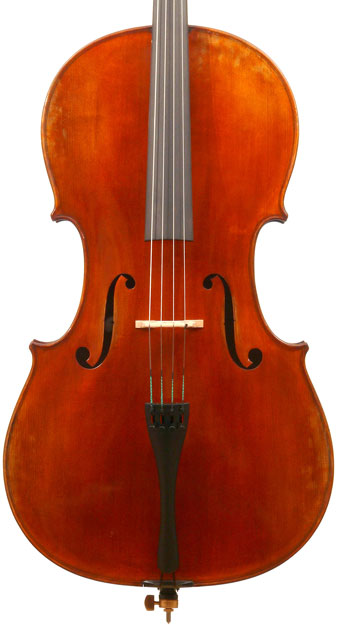 |
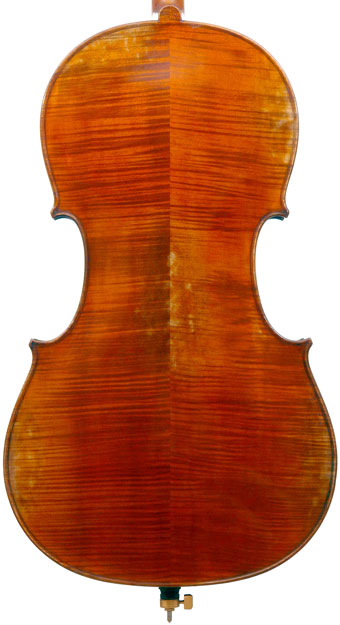 |
 |
||
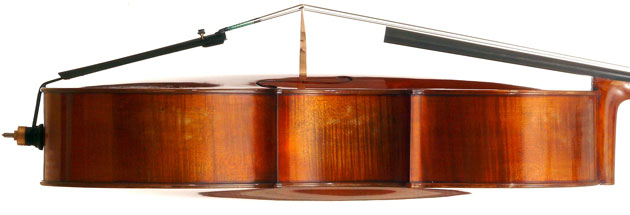 |
Dimensions : Standard full-size. Stradivari model
Condition : Mint condition. Brand new Note that this cello has a narrow sap mark in the top in front of the bridge resembling a small crack.
This is not a crack. Since this instrument is brand new and unused it cannot have developed any cracks anywhere. That mark has been examined by two other knowledgeable persons and the agreement is that the line in question is a natural sap mark.
Provenance : Owned by Johan Grobbelaar
Price : Withheld
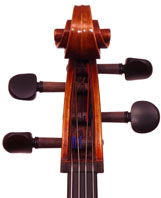 |
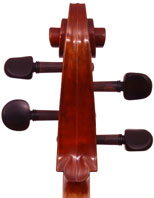 |
 |
 |
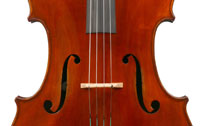 |
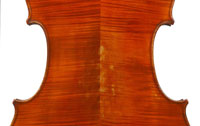 |
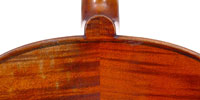 |
 |
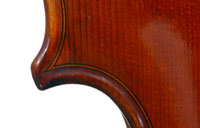 |
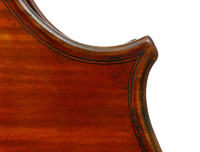 |
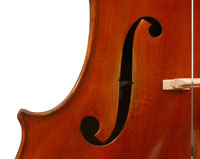 |
|||||